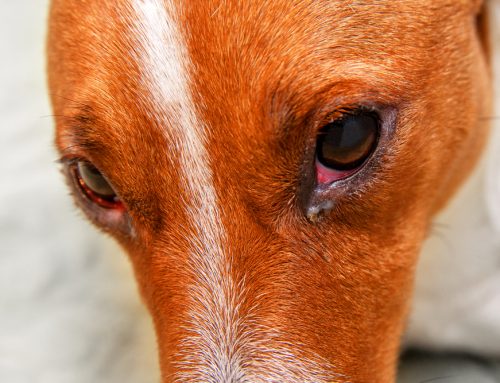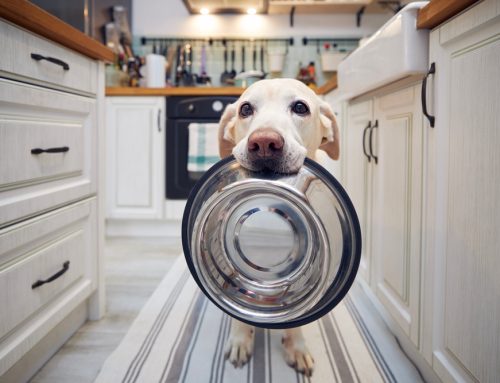Lilies are beautiful to look at…but are deadly for your cats.
We are well into the spring season now, and Easter has passed not too long ago, and Mother’s Day is coming up. Many of you probably have new floral arrangements in your home to celebrate the occasion. Do you know all of the flowers in your bouquet? Can you identify them just by looking at them? If so, that is good news, as you are then able to know if any of the flowers are lilies. Lilies are beautiful flowers, but if you own a cat, they should not be in your home. Read on to find out more.
What lilies are toxic to cats?
Lilies of the genera Lilium and Hemerocallis (day lilies) are toxic to the kidneys in cats. Lilies of the genus Convallaria (lily of the valley) are toxic to the heart and intestines. Here are some pictures that show the variation in lilies. There are also hybrid lilies that can be just as toxic.

Madonna Lily (genus Lilium)

Day Lily (genus Hemerocallis)

Stargazer Lily (genus Lilium)

Lily of the Valley (genus Convallaria)
All images from www.wikipedia.org
How much of the lily does my cat have to ingest for it to be toxic?
The entire plant (pollen, leaves, petals, stamen) is toxic. How much it takes to cause a toxic dose is not known at this time; however deaths have been documented resulting from ingestion of just one part of the plant.
What symptoms would my cat exhibit if it ingested a toxic dose of a lily?
Symptoms can come on quickly, and often begin with excess drooling, vomiting, decreased appetite progressing to not eating at all, and lethargy. For lilies of the genera Lilium and Hemerocallis, symptoms then progress to excess thirst and volume of urination (signs of kidney damage), eventually leading to no longer being able to produce urine and death. For lilies of the genus Convallaria, symptoms related to heart toxicity (arrhythmias) can be delayed for days, and then last for weeks.
Is lily toxicity treatable?
For lilies of the genera Lilium and Hemerocallis, if caught early, then lily toxicity can often be treated successfully. If you witness your cat ingesting a piece of a lily, the best thing to do is take your cat directly to a veterinarian where vomiting can be induced, and where your cat can then be started on IV fluid therapy. If IV fluid therapy is started before significant damage is done to the kidneys (before it progresses to not being able to produce urine), then often they can make a full recovery. Unfortunately, if symptoms are not detected early enough and it progresses to the last stage, the only treatment option is dialysis at a specialty referral center, and often the prognosis is poor.
For lilies of the genus Convallaria, treatment is of the gastrointestinal symptoms and arrhythmias, and as long as both are controlled, the prognosis is good.
In summary, there are many safer options of flowers to keep in the home if you have cats as pets. The risk is too high, and cats for some unknown reason tend to be attracted to lilies. Better to be safe than sorry! For additional information on lily toxicity, speak to your veterinarian at Twin Maples Veterinary Hospital.









Leave A Comment